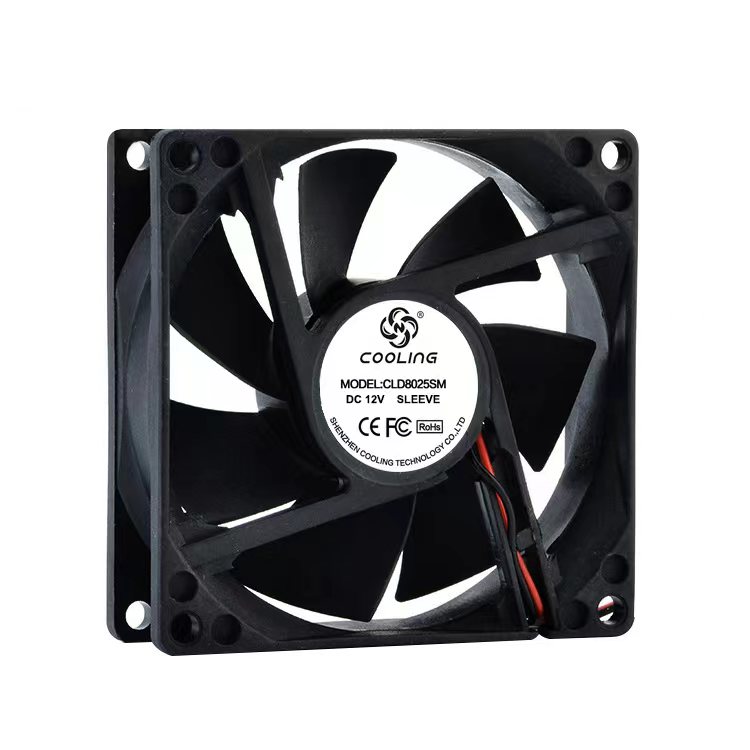
Fans have become ubiquitous in our daily lives, providing comfort and circulation in various settings. Among the choices consumers face, the fundamental difference lies in the type of current they operate on – AC (alternating current) fans and DC (direct current) fans. This article aims to unravel the dissimilarities between these two technologies, shedding light on their performance, efficiency, and applications.
Power Supply:
The primary discrepancy between AC and DC fans lies in the type of electrical current they utilize. AC fans, the more traditional option, operate on the alternating current provided by standard household power outlets. In contrast, DC fans rely on direct current, often supplied by batteries, solar panels, or DC power sources. This distinction in power supply affects various aspects of fan performance.
Energy Efficiency:
DC fans have gained popularity for their superior energy efficiency. These fans convert electrical energy into mechanical energy more effectively, resulting in lower energy consumption and reduced electricity bills. This advantage becomes particularly evident at lower speeds, making DC fans an attractive choice for those seeking energy-efficient cooling solutions. AC fans, while still efficient, may not match the energy-saving capabilities of their DC counterparts.
Speed Control and Performance:
One notable feature that sets DC fans apart is their variable speed control. DC motors can easily be adjusted to operate at different speeds, allowing for precise control over airflow. This flexibility is not as prominent in traditional AC fans, which usually come with a limited number of preset speed options. DC fans are known for delivering consistent performance across a wide range of speeds, providing a customizable and comfortable cooling experience.
Noise Levels:
DC fans often boast quieter operation compared to AC fans. The design of DC motors and their ability to operate at lower speeds contribute to reduced noise levels, making them an excellent choice for environments where quiet operation is a priority. AC fans, while not necessarily loud, may produce more noticeable hums and vibrations, especially at higher speeds.
Applications and Portability:
DC fans, owing to their lower voltage requirements and energy efficiency, are often more portable. They are commonly used in camping, RVs, and other off-grid scenarios where access to traditional power sources may be limited. AC fans, on the other hand, are typically fixed installations in homes, offices, and industrial settings, relying on the power grid for operation.
Conclusion:
In the perennial debate between AC and DC fans, the choice ultimately depends on specific needs and preferences. DC fans shine in terms of energy efficiency, variable speed control, and quieter operation, making them suitable for a range of applications. AC fans, while more traditional, remain a reliable choice for stationary installations where a constant power supply is readily available. As technology continues to evolve, advancements in both AC and DC fan technologies may further blur the lines between their distinctions, offering consumers even more tailored options for their cooling needs.